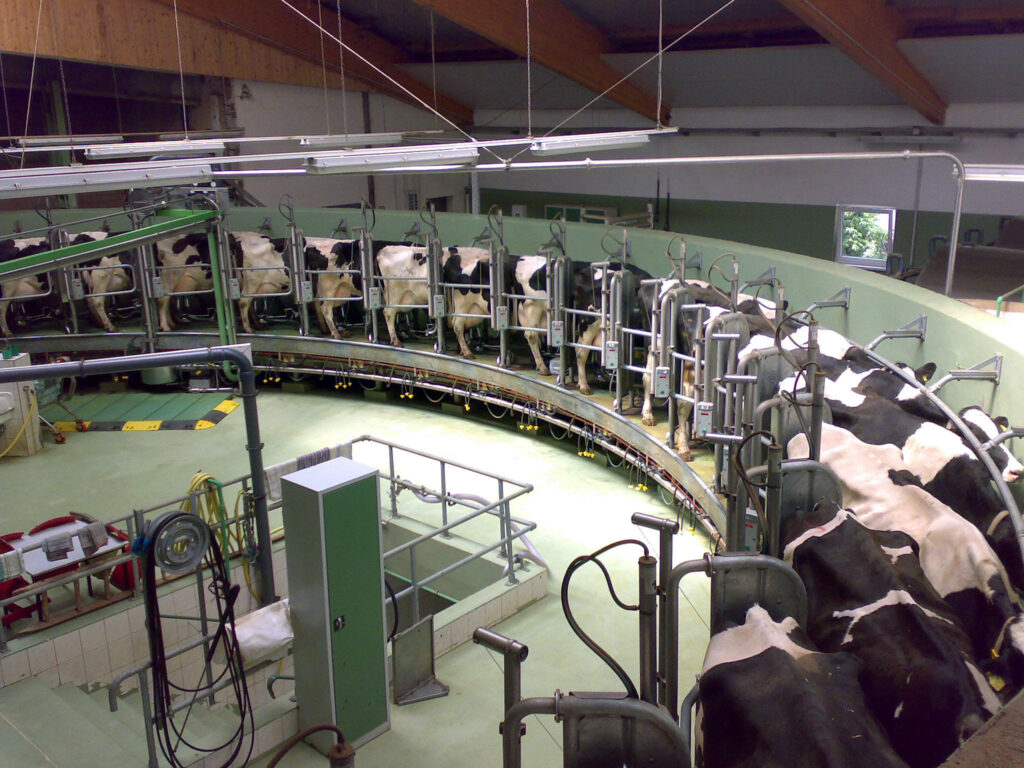You might assume your doctor works for you. In reality, he works for your insurer. This is what medicine has become, in far too many cases: you go to your doctor’s office—you are anxious, in pain, and you urgently need further testing and treatment. At the end of this appointment, you head home—but your doctor cannot; his job isn’t finished. If you are to receive the necessary tests and treatments that were just ordered, he must first slog through a mire of bureaucratic tedium—forms, portals, and phone calls—just to satisfy the insurer. This doctor, after a decade of education and training, now has to spend his evenings begging for permission to help his patients (prior authorization). Your doctor’s every decision is questioned; every order contradicted.
Unfortunately, this isn’t a mere hypothetical, but the reality that many providers face. Most people instinctively recognize this arrangement as perverse. What few realize is the harm that it causes not just the patient, but the doctor as well. What if the best way to heal healthcare isn’t through another federal program or new laws and regulations—but by simply cutting out the middleman?
Direct Primary Care (D.P.C.) is an innovative model of healthcare where the only consent the doctor needs is that of the patient. Rather than relying on third-party payers, patients in a D.P.C. practice pay a small monthly fee—typically between $50 and $100 for adults—directly to their provider for all services rendered. A price tag like that is already less than most insurance premiums, let alone when deductibles and co-pays are considered. Although D.P.C. isn’t designed to cover hospitalizations or catastrophic care, it does replace the part of insurance people use most: routine office visits. Most patients find that combining D.P.C. with a high-deductible, low-premium catastrophic insurance plan gives them affordable access to quality primary care while keeping them covered for emergencies.
One might expect that such a decline in price would be accompanied by an equally steep decline in the scope of care, such as a limit on the number of appointments a patient may schedule. This is not the case. Nearly all D.P.C. practices offer same-day appointments, telemedicine, house calls, and direct communication via text or phone call, all of which are included as part of the monthly fee. This level of access, previously considered a luxury, is commonplace.
How is D.P.C. so cheap? A large portion of the costs incurred by healthcare providers are purely administrative. A 2024 survey conducted by the American Medical Association found that every week, the average practice completes 39 prior authorizations per physician; a burden so significant that 40% of physicians hire staff members for that sole purpose. Completing them is so time-consuming and energy-intensive that the medical industry spends $83 billion annually on the labor costs required to do so, and a staggering 97% of those costs are paid directly by the providers. In Direct Primary Care, these costs are absent, and the savings are passed to the patient.
What doctor—having spent years of life and hundreds of thousands of dollars—would enjoy deferring so much of his practice to a third-party payer, whether public or private? It’s no wonder that burnout is such a common occurrence in the medical field—89% of doctors say that prior authorizations directly contribute to it.2 Predictably, there is a stark difference in burnout rates between those working in D.P.C. practices and those who are not. Almost half of Direct Primary Care providers report no feelings of burnout, compared to just 14% of those in other practices. A similar gap is seen in job satisfaction (94% versus 57%).
The obstacles in our current healthcare system don’t just unnecessarily waste time and money—though they do that well enough. They also pose a serious danger to the patients they obstruct. 93% of doctors report that prior authorizations delay necessary care.2 Worse: 29% say they’ve seen cases where a prior authorization directly lead to a serious adverse event—including hospitalization, permanent disability, or death.2 It doesn’t have to be this way. Over 90% of D.P.C. providers say the model has improved their ability to practice medicine, the quality of care they provide, and their relationships with patients.
Direct Primary Care isn’t just a new proposal. It isn’t a pilot program or a thought experiment. It exists. It works. It is what healthcare can be, unburdened by what has been.
None of this is to say that third-party payers are inherently harmful. The problem isn’t insurance per se, but the way it’s been distorted by decades of government meddling. In a free market, some patients may prefer arrangements that involve intermediaries—and that’s fine. What matters most is that those who see the value in something better are free to choose it.











